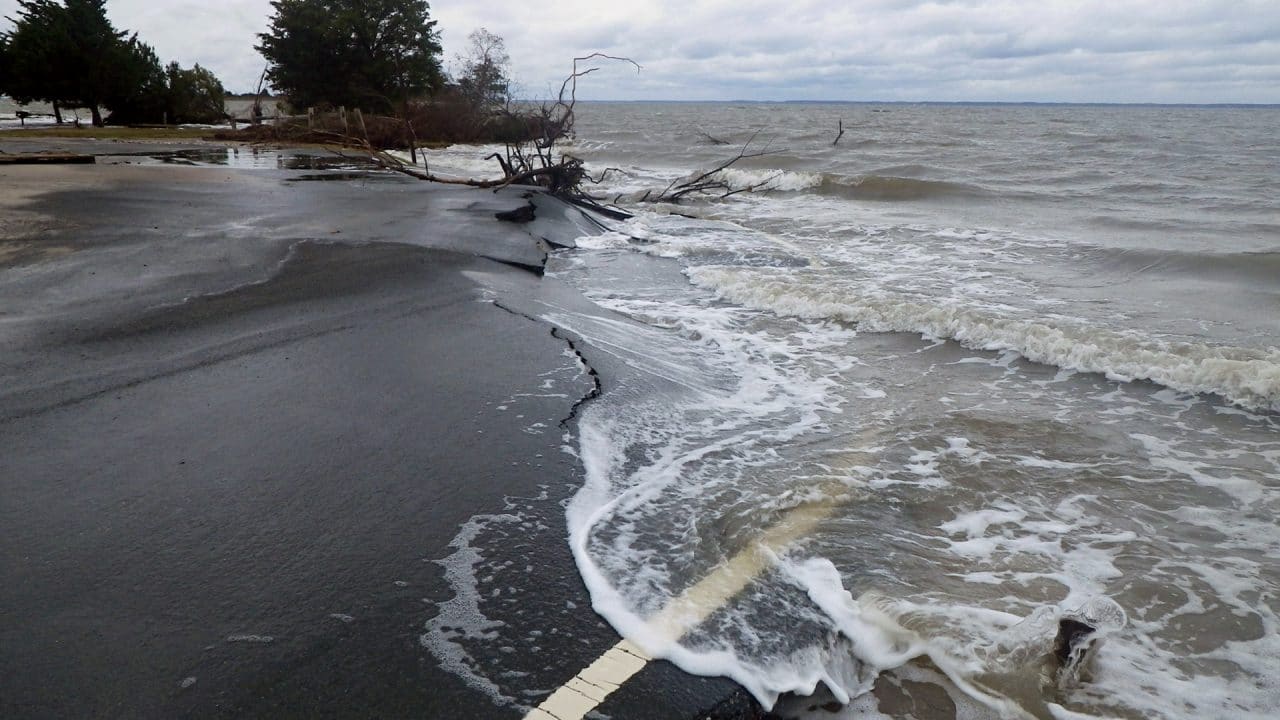Another major source of melting that could be accelerating sea level rise – Study

Washingtong — A major glacier in northwest Greenland is causing alarm amongst scientists due to previously unaccounted-for melting, which could lead to faster sea level rise, according to a new study by glaciologists from the University of California, Irvine and NASA’s Jet Propulsion Laboratory.
The study, which was published in the Proceedings of the National Academy of Sciences, found that the Petermann Glacier’s grounding line – the area where the ice sheet begins to extend out on top of the ocean – can shift significantly as tides come in and out each day, resulting in further melting. The study found that the glacier’s grounding line can migrate between 2 and 6 kilometres as tides come in and out, which is a phenomenon that was not previously accounted for. Between 2016 and 2022, warmer tidal cycles melted a 670-foot-tall hole in the underside of the glacier along the grounding line, which is large enough for two Statues of Liberty to be stacked on top of one another inside it.
The phenomenon could worsen in the coming years and decades as ocean temperatures rise, leading to further melting. Greenland’s melting ice is the largest contributor to sea level rise, according to NASA. The study’s co-author, Eric Rignot, said, “if we were to include them, it would increase projections of sea level rise by up to 200 per cent – not just for Petermann but for all glaciers ending in the ocean, which is most of northern Greenland and all of Antarctica.”


















Facebook Comments